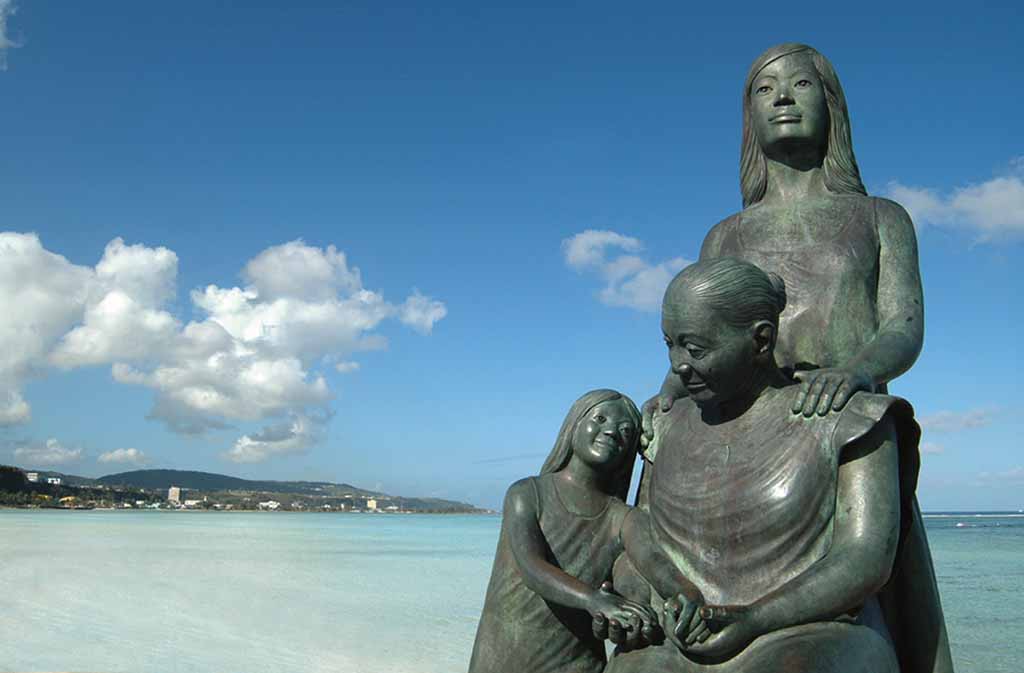
Concept of motherhood
A precise understanding of Chamorro/CHamoru concepts or designations requires a fundamental understanding of the Chamorro worldview, inafa’maolek, which is a social practice of interdependence and cooperation or of “being kind and good to one another.” This worldview emanates from an actual participation in, and being of, the natural world. As a result, Chamorro life is interconnected and interrelated.
Ninana is the Chamorro concept for motherhood or “to mother.” The act of mothering is an essential component of Chamorro culture and family structure. In Chamorro society, ninana was primarily the role of women. As the primary caregiver and caretaker of the family,ninana involves child rearing (poksai) and domestic activities.
Ninana, however, is not exclusive to women. Every able-body takes on some responsibility for maintaining the welfare of the family or clan. For example, children at a very young age are gradually taught to care for their younger siblings through cooking, feeding and nurturing others. This is especially true when and if parents are called away for long periods of time or incapacitated, leaving older children to provide for younger familial members.
In a matrilineal culture, ninana understandably places women in high esteem. Their social role is pivotal to the cultivation of kinship bonds and to the transmission of Chamorro values, customs, traditions, religion and most importantly language.
Ninana, the act of mothering, continues up through the modern day as a strong testament to inafa’maolek, interdependence and cooperation.
For further reading
Cunningham, Lawrence J. Ancient Chamorro Society. Honolulu: Bess Press, 1992.
Hattori, Anne Perez. Colonial Dis-ease: U.S. Navy Health Policies and the Chamorros of Guam, 1898-1941. Pacific Islands Monograph Series 19. Honolulu: University of Hawai’i Press, 2004.
Jorgensen, Marilyn A. Guam’s Patroness: Santa Marian Kamalen. N.p., 1994.
Rogers, Robert. Destiny’s Landfall: A History of Guam. Honolulu: University of Hawai’i Press, 1995.
